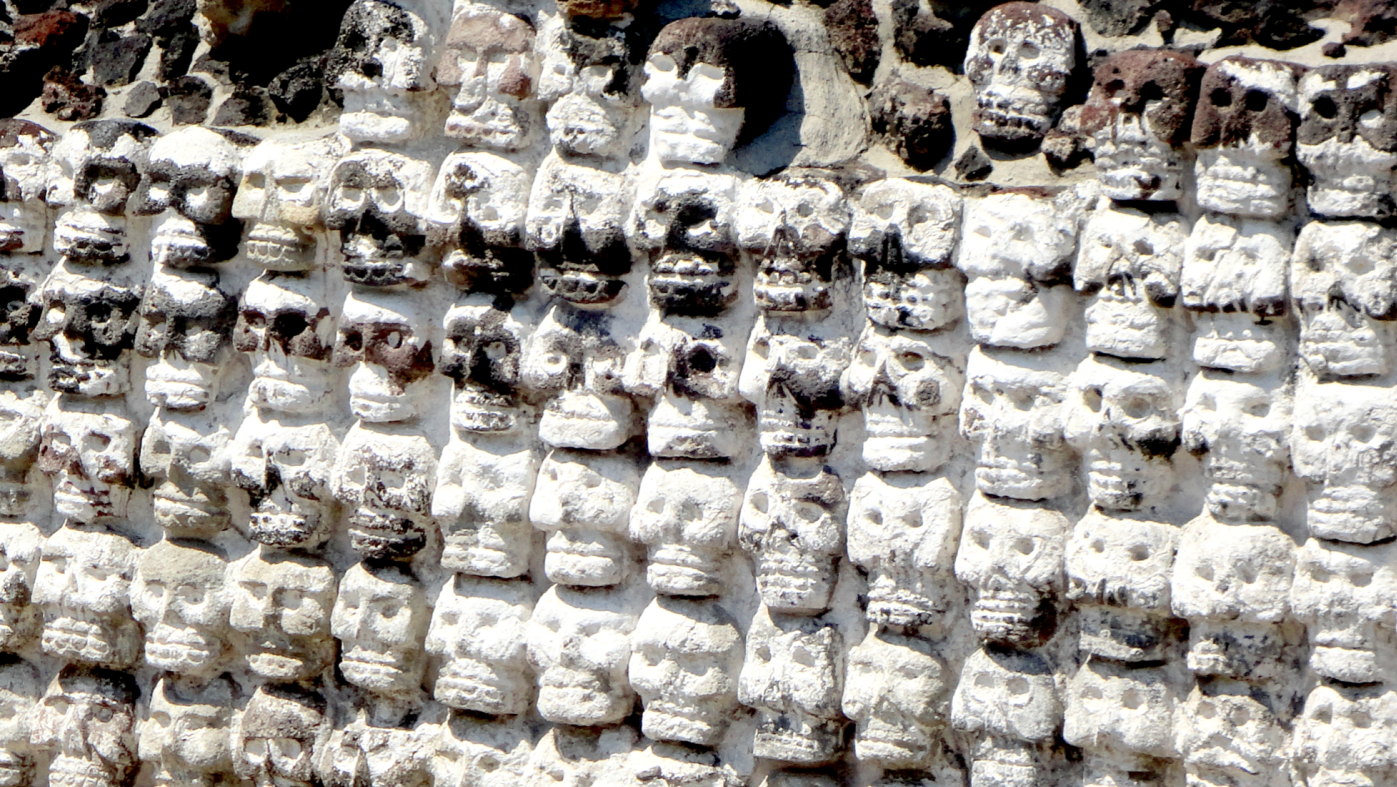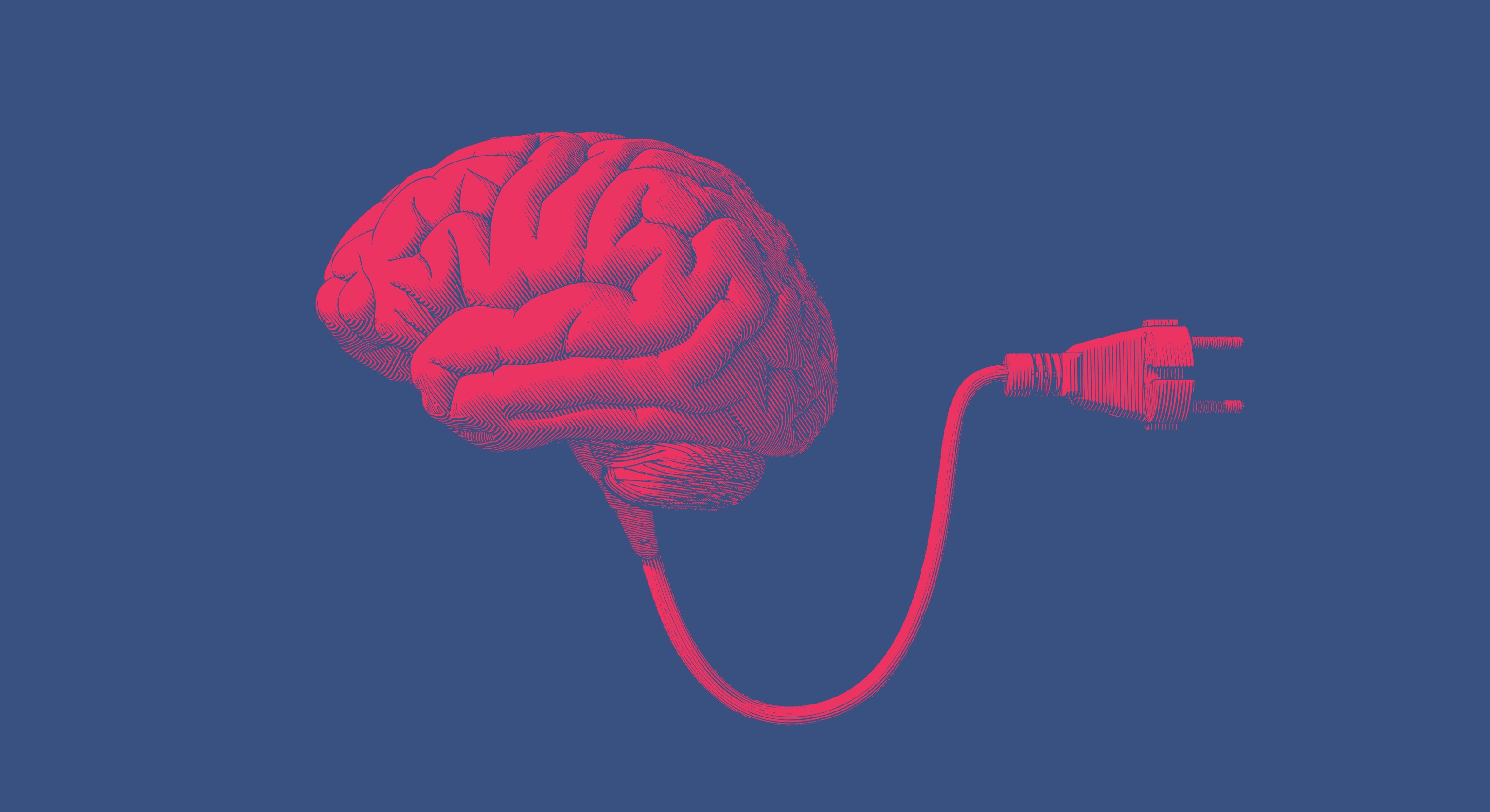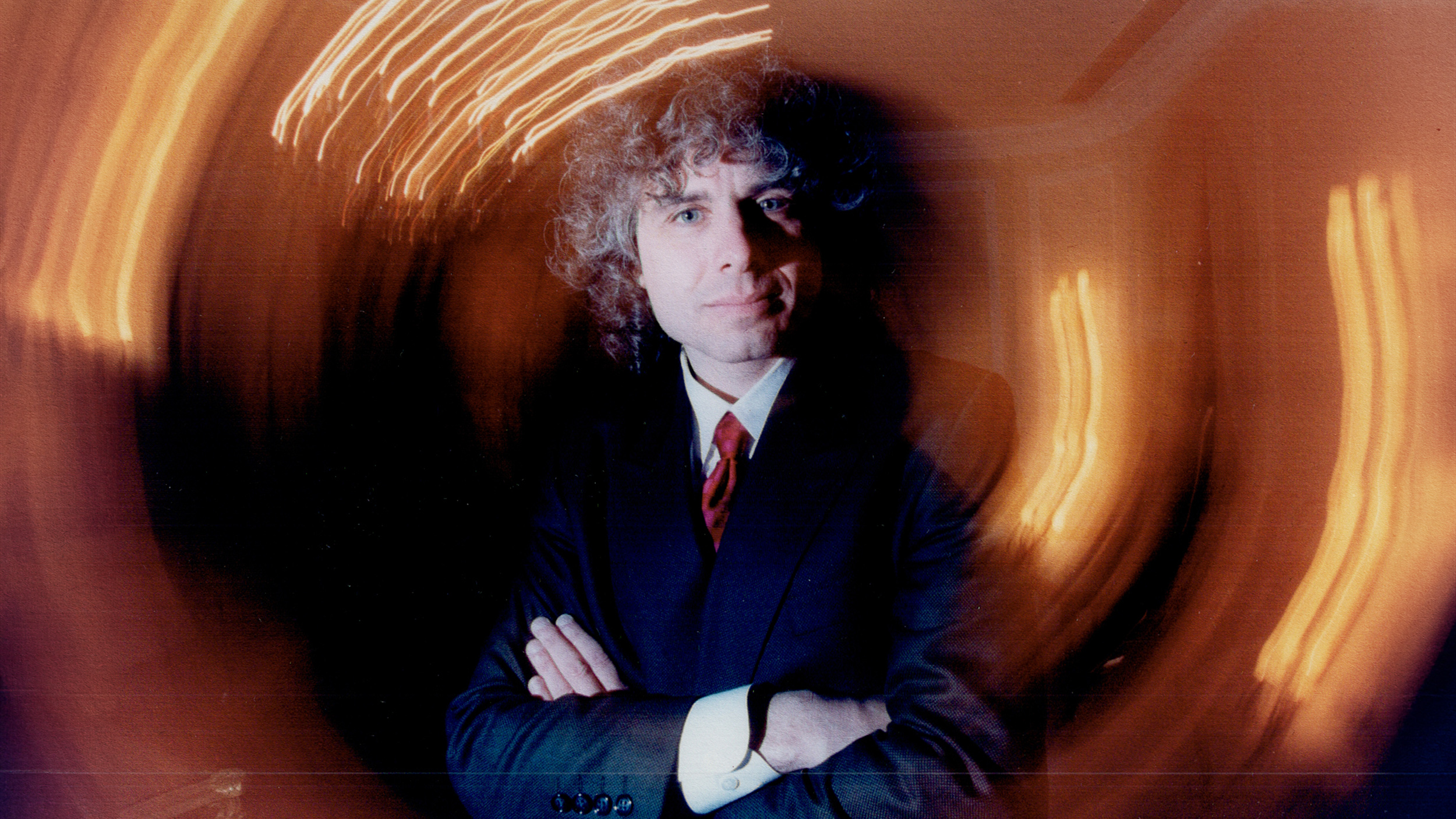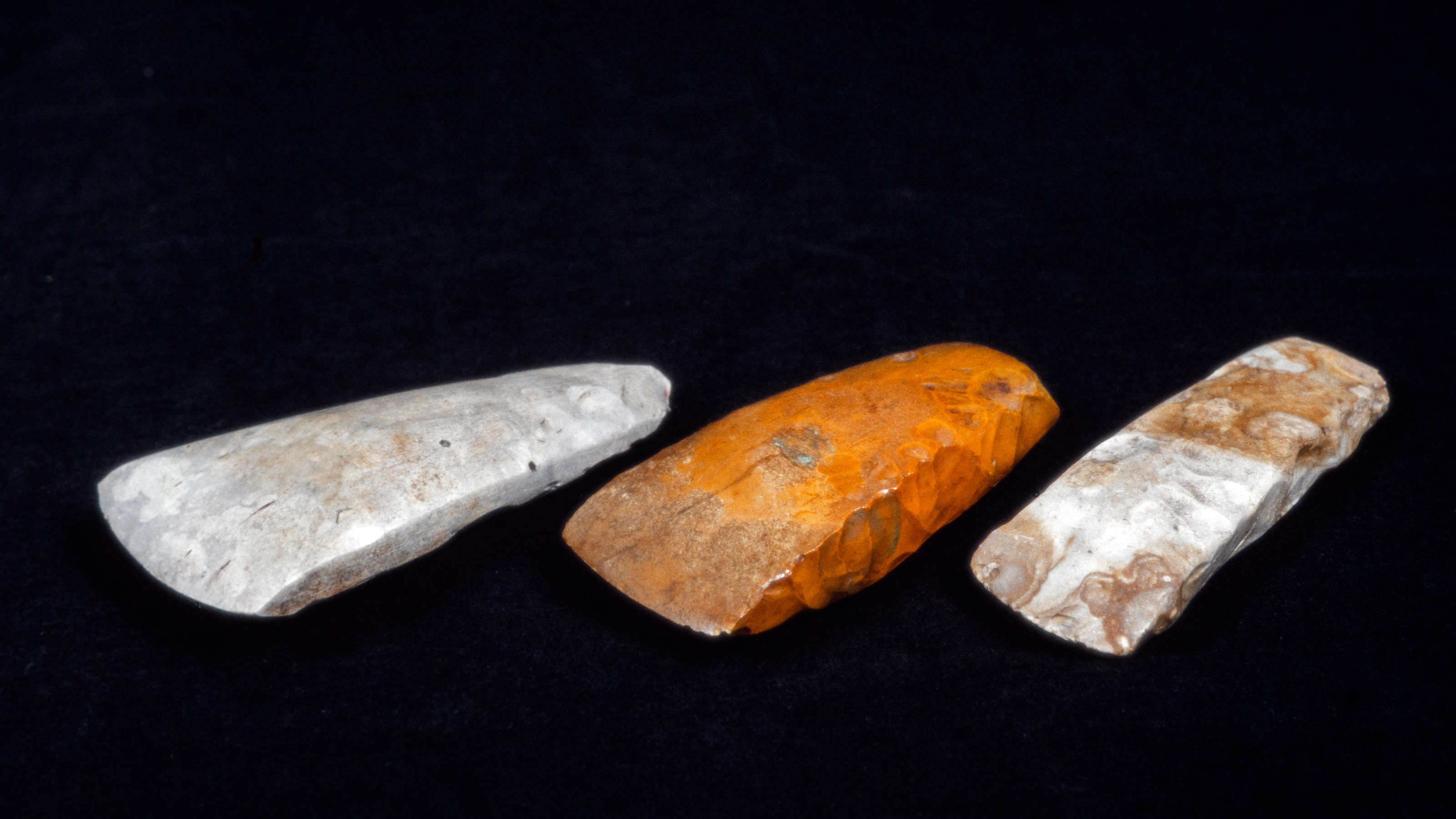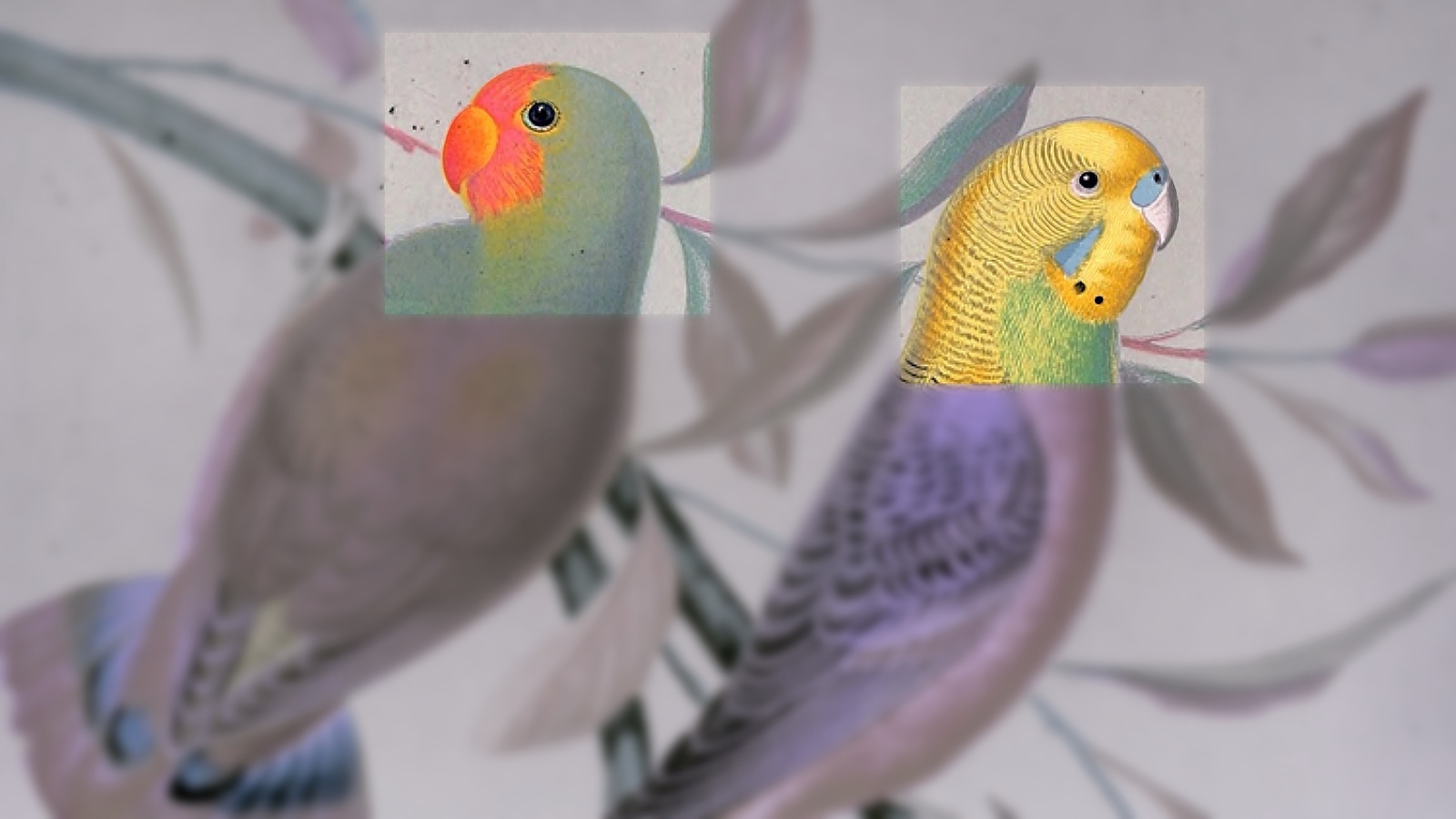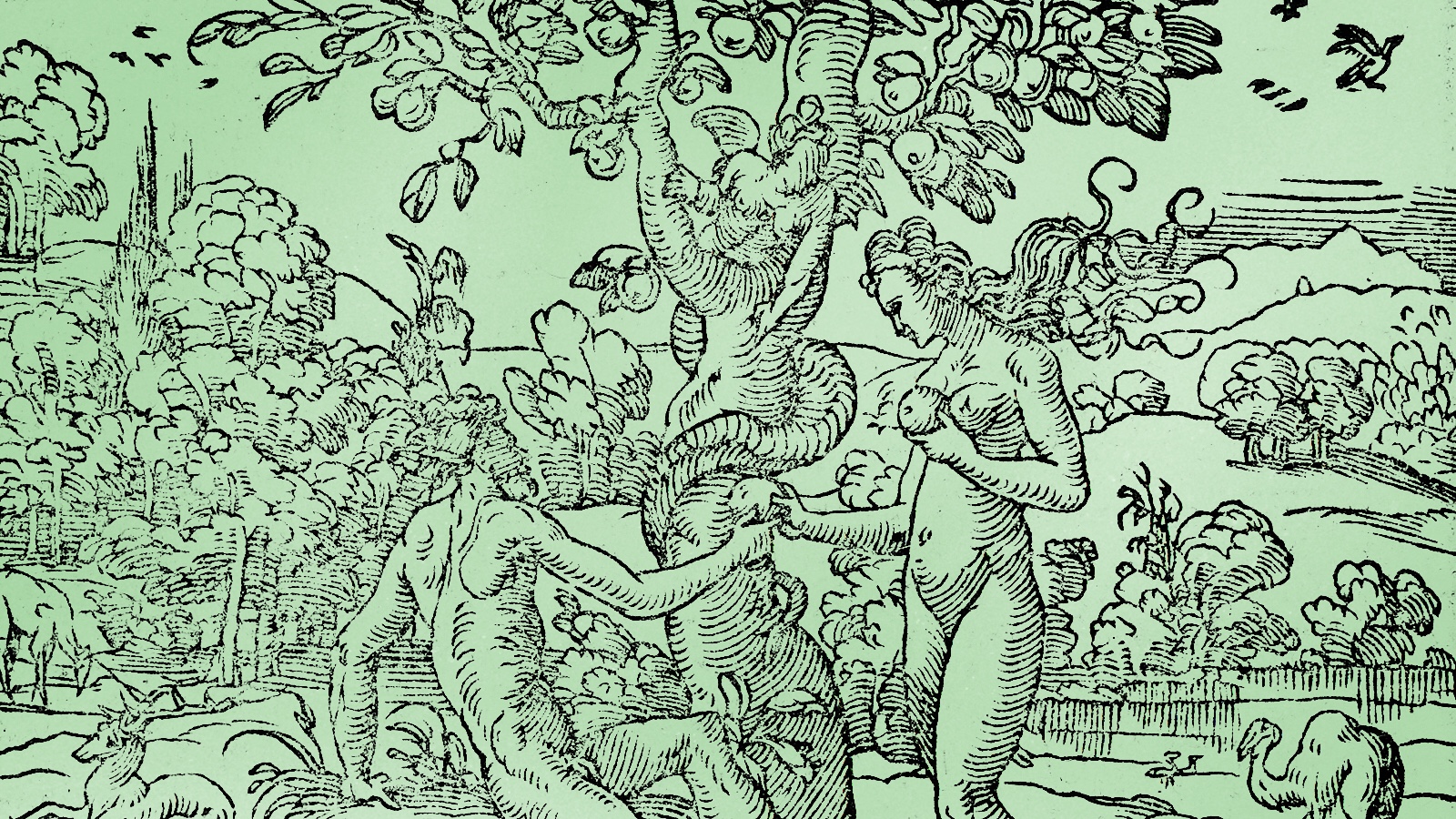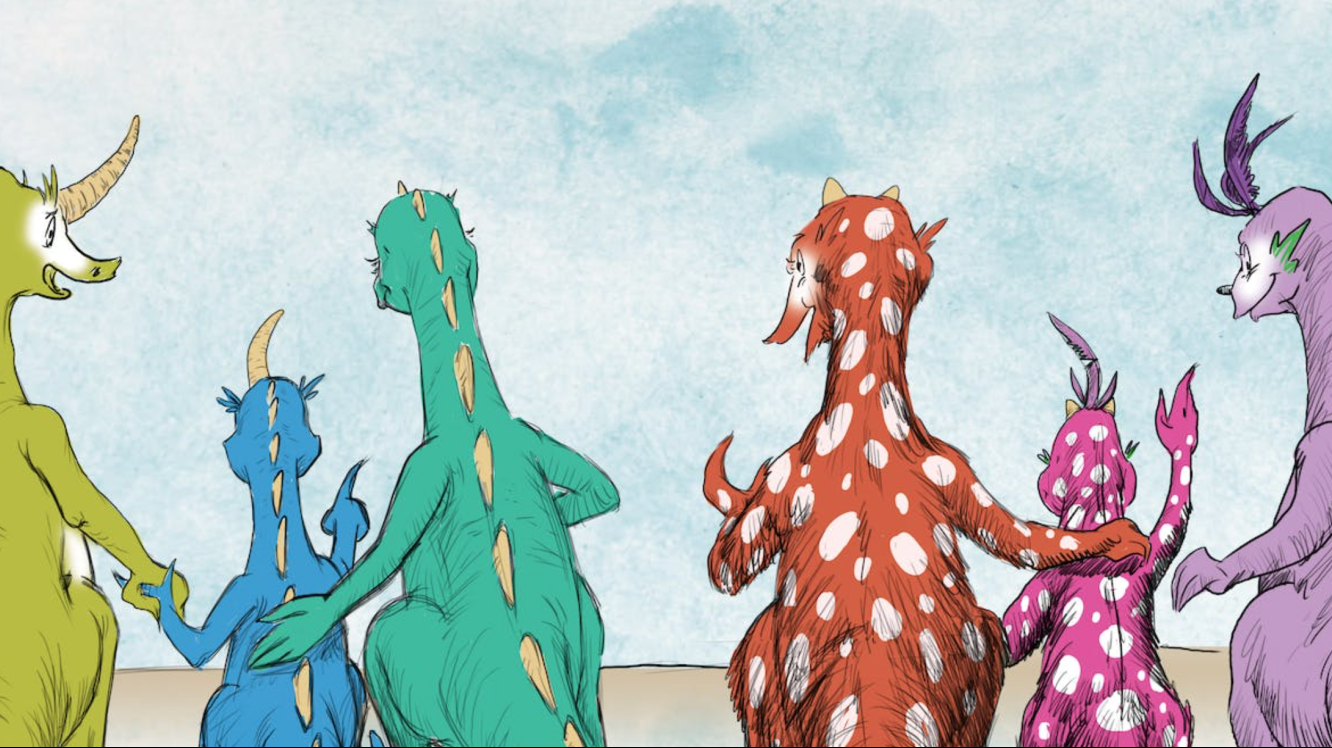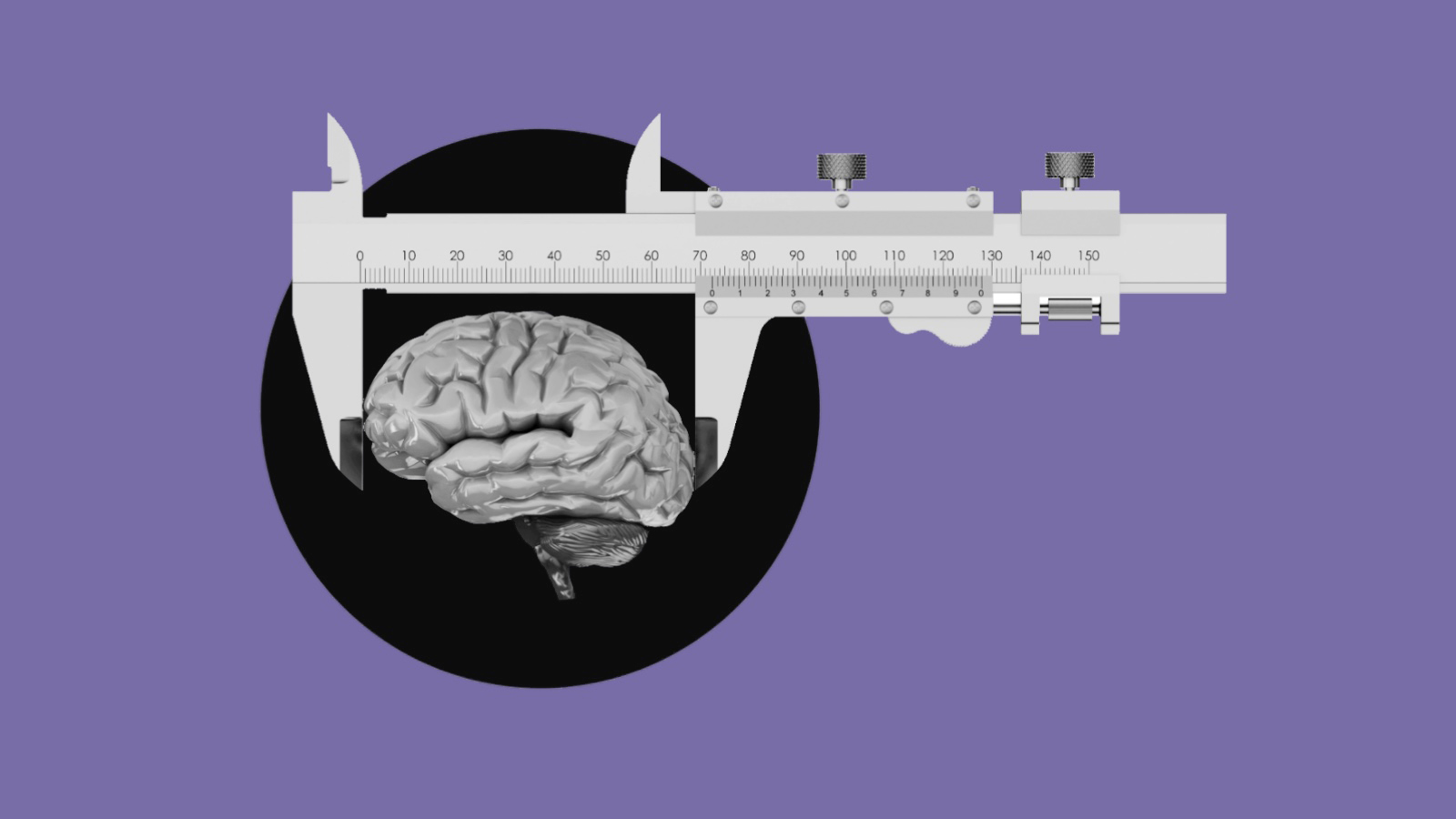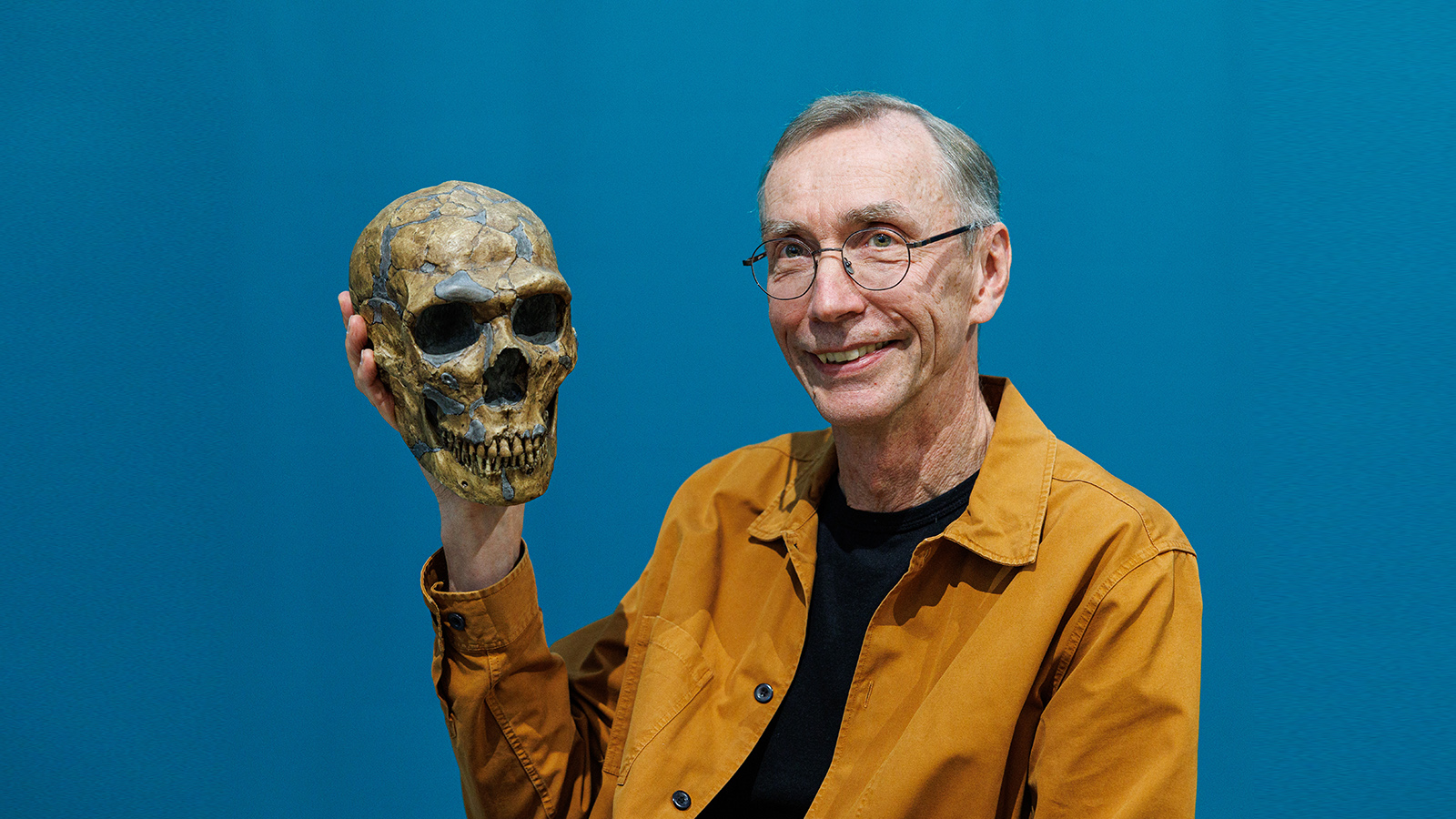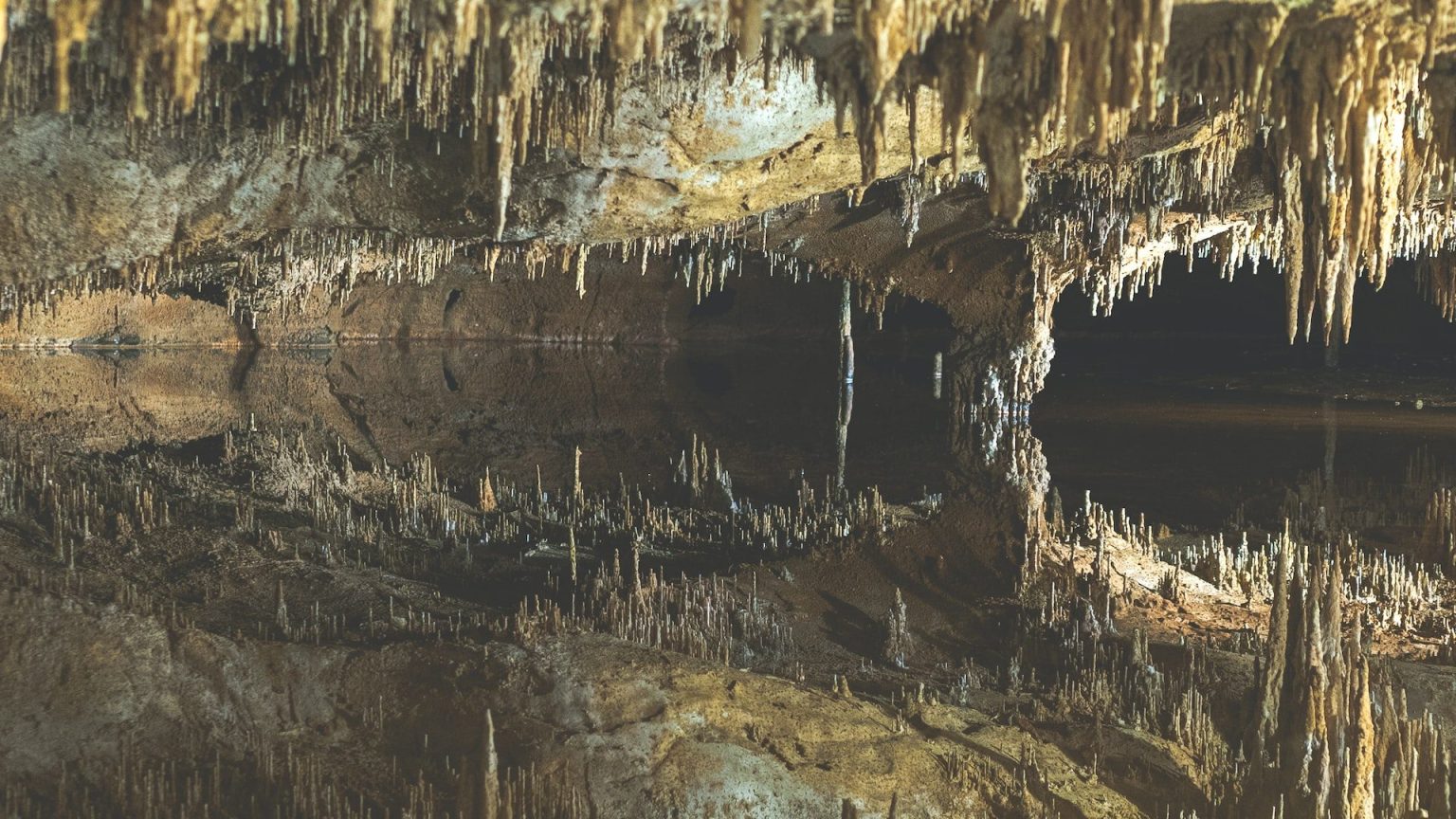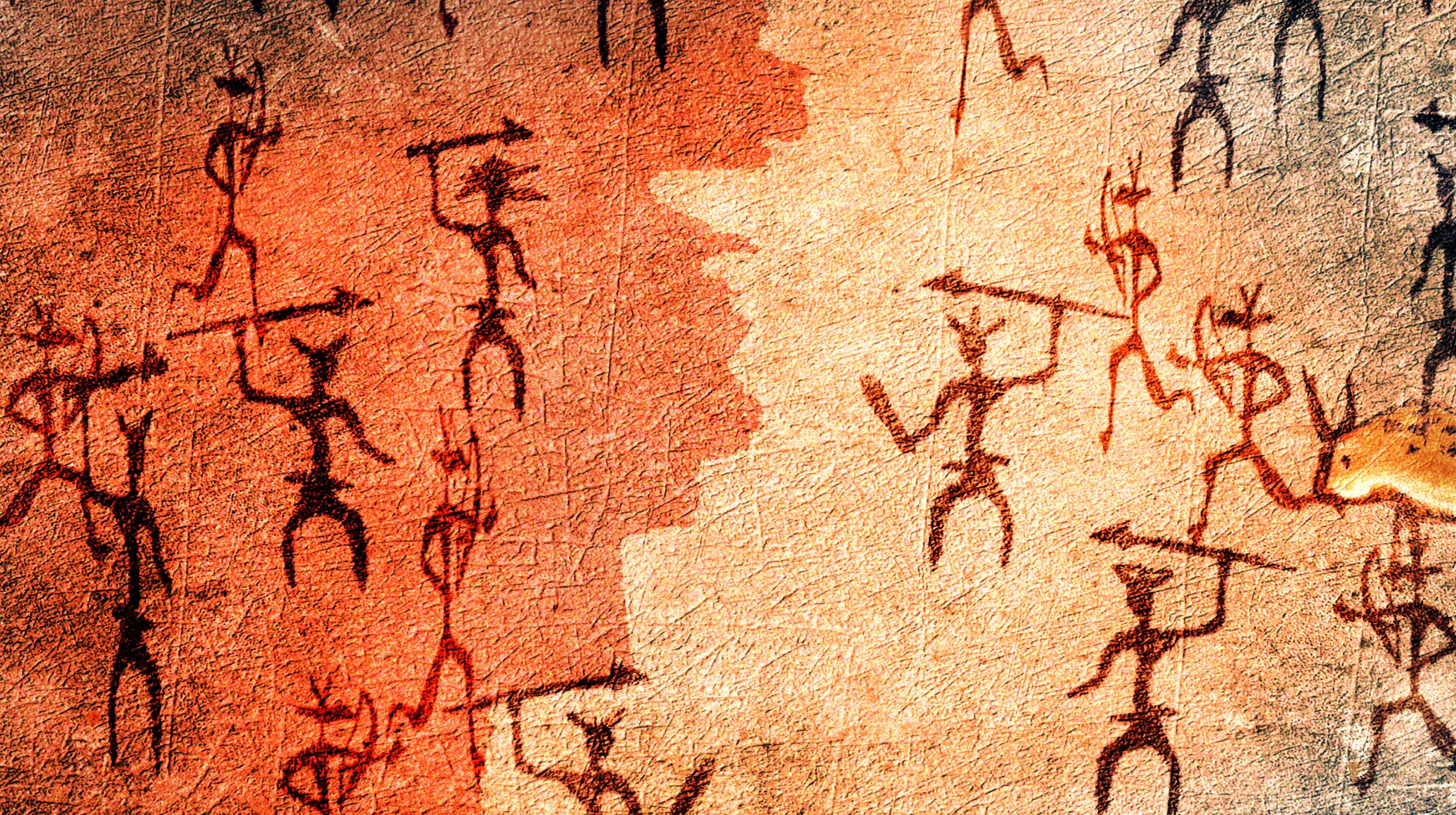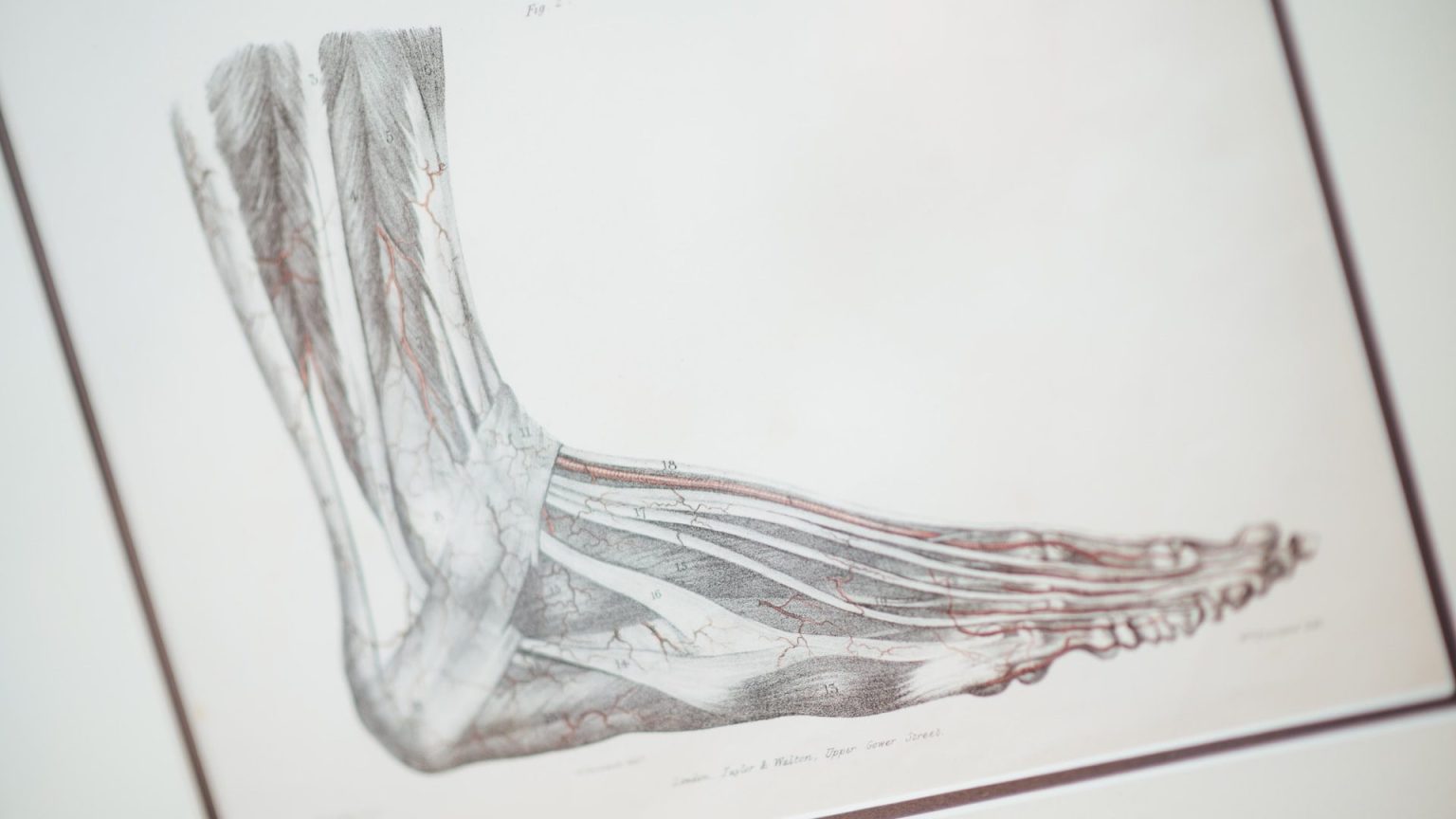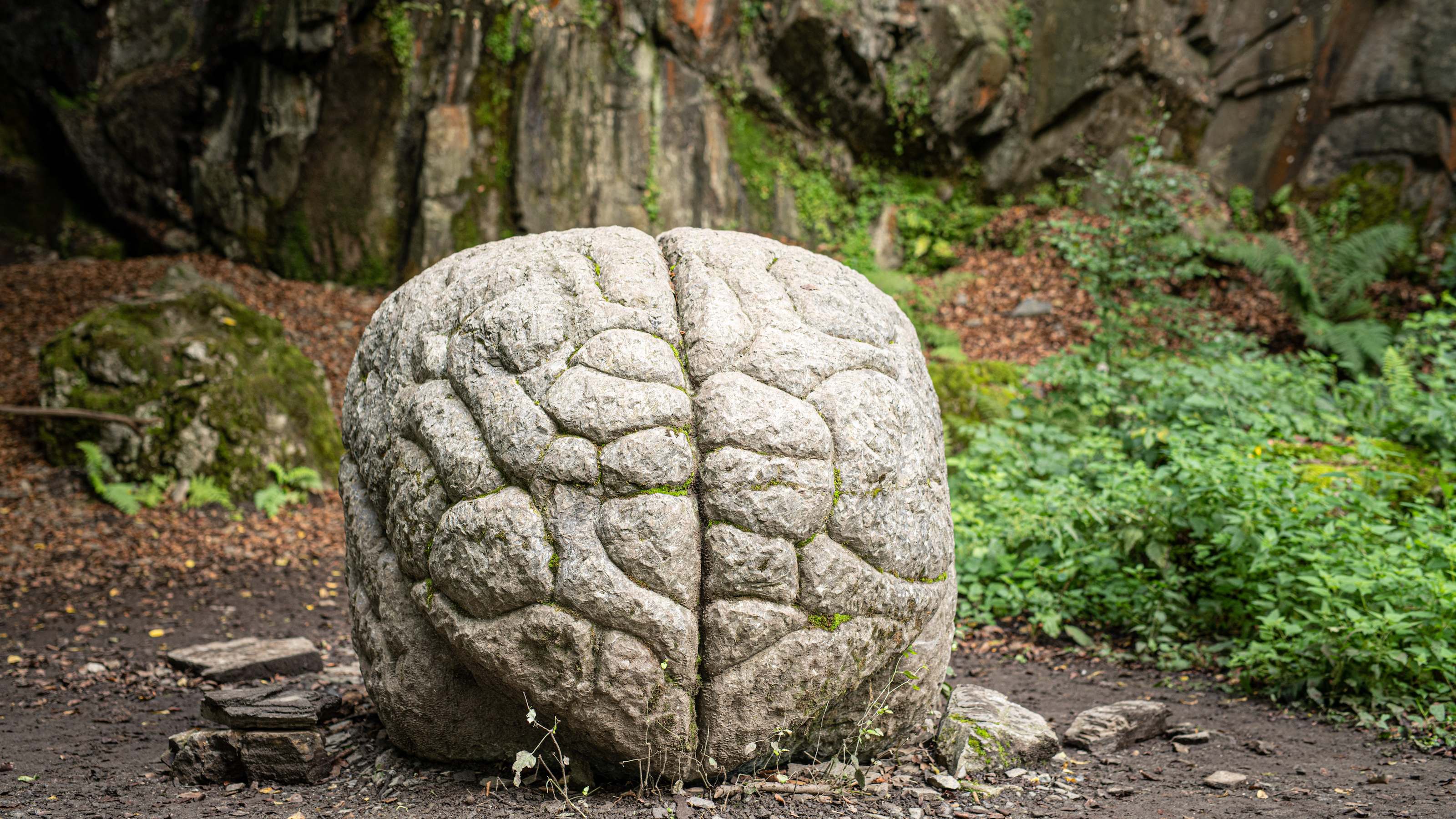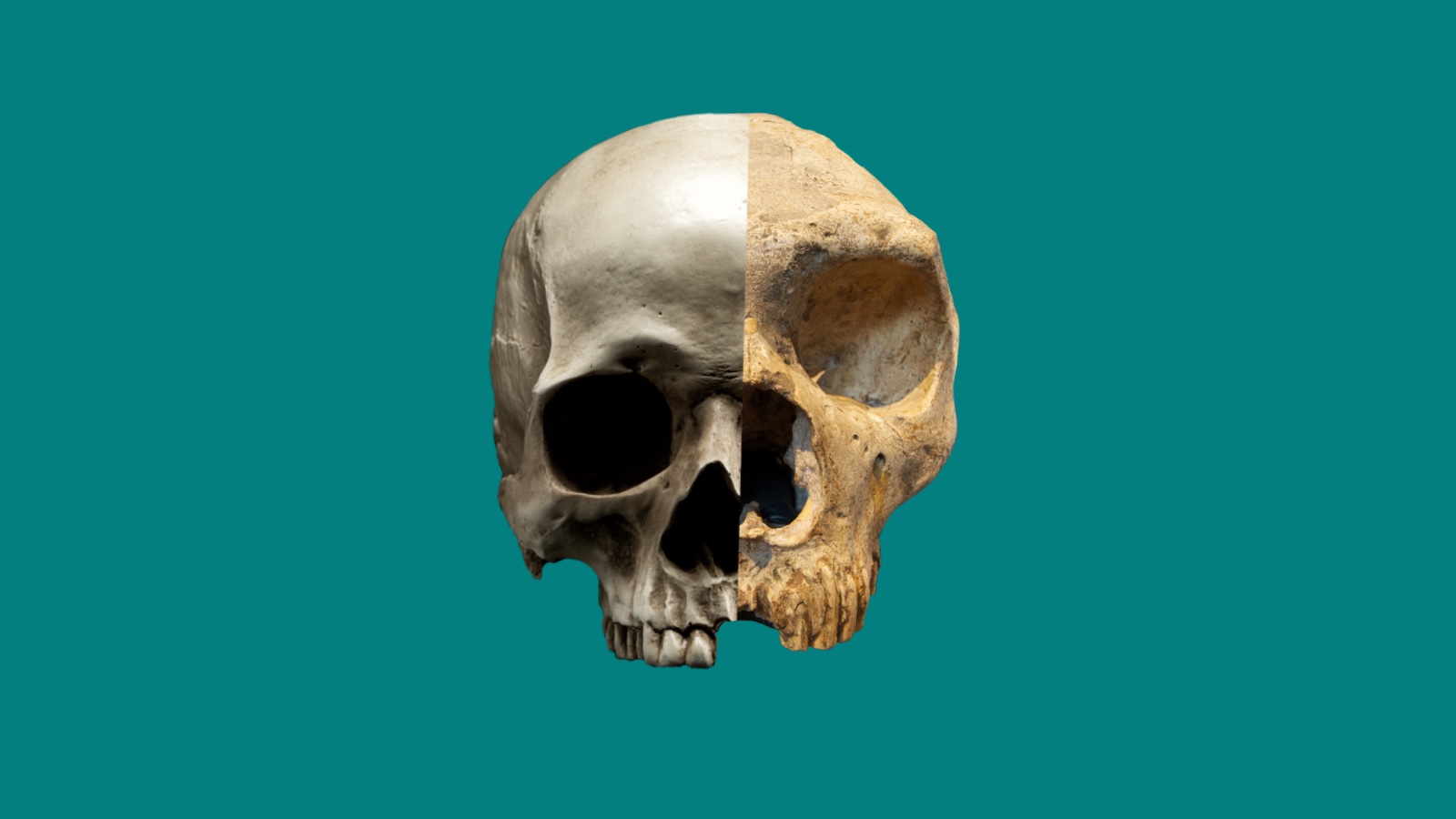Human Evolution
Did fire change the development of the human brain?
This is your brain on work.
Archaeologists turn to other scientific fields to fill in the picture of how victims lived and why they died.
Only humans can voluntarily conjure new objects and events in our minds.
Human thinking is antiquated.
“Language is the most distinctively human talent.”
A wide-scale examination of early Neolithic human skeletons reveals the violent history of a supposedly peaceful period.
Ancient humans crossed the Bering Strait land bridge from Asia into North America. But some of them went back.
Humans are good visual thinkers, too, but we tend to privilege verbal thinking.
In the early 20th century, a young biochemist named Alexander Oparin set out to connect “the world of the living” to “the world of the dead.”
Only recently have scientists directly witnessed this most pivotal of events in biology.
We are still new at this.
2022 was another busy year in the realm of science, with groundbreaking stories spanning space, materials, medicine, and technology.
Virtually all the statistical methods researchers commonly use assume potential mating partners decide who they will have children with based on a roll of the dice.
About 8% of our genome is made of leftover viruses from our ancestors’ infections.
Cooperation was the first technology.
An increase in genetic regulatory elements explains how modern humans evolved bigger brains than other hominins.
We got lucky with our evolutionary history.
The same brain differences that contribute to left-handedness also contribute to psychotic disorders. But there’s a bright side.
There were many other species of human on the planet. Svante Pääbo discovered one of them.
The monsoon rains were not always so reliable.
From politics to culture, we blame “tribalism” for humanity’s problems. This explanation is entirely wrong.
Just as human beings diversified so that people in Asia look different from people in Europe, so too did their microbiomes.
Was our distant ancestor a biped or not – i.e., human or not human?
One tiny change might have made a huge difference.
Despite the fact that both species shared a similarly large neocortex, scientists still have many questions about how closely the function of their brains resembled our own.
Many people lived long enough to grow old in the olden days, too.


